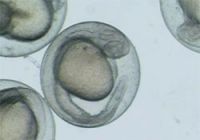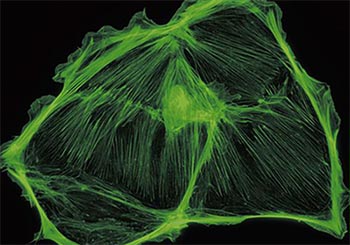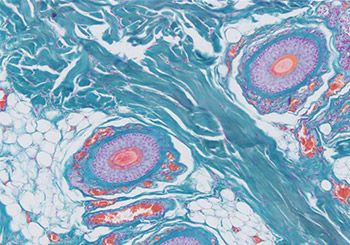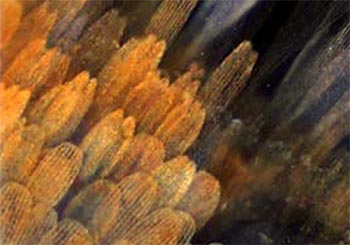Embryologie
.jpg?rev=DB09)
Retour à la page sur la sélection de caméras
| DP75 | SC180 | |
|---|---|---|
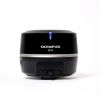 | 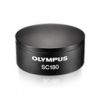 | |
Pixel size (μm) | 3,45 x 3,45 µm | 1,25 × 1,25 μm |
Number of pixels (MP) | 49.1 | 18 |
Image Sensor | 1.1 inch 12.37 megapixel color CMOS image sensor, global shutter | CMOS couleur, 1/2,3 po |
Frame rate (fps)
at max resolution
|
*1 22 ips max. à 4096 × 3000 (pleine résolution)
| 10,5 ips à 4912 × 3684 pixels (4:3) |
Connector | USB 3.1 Gen2 (Type-A) | USB 3.0 |
Color |
|
|
|
| |
Remark |
*1 La fréquence d’images peut diminuer en fonction de l’état de votre ordinateur, de la résolution de votre moniteur et/ou du logiciel.
| Assistant manuel d’intensification de la mise au point |
Demander un devis | DP75 | SC180 |
Specialty
|
4K
Live
|
Not Available in Your Country
Sorry, this page is not
available in your country.
Vous cherchez les caractéristiques techniques des caméras?Comparez les caractéristiques techniques au moyen de notre outil de recherche de caméras. |
